No products in the cart.
Biodegradable Packaging: Eco-Conscious Brands’ Sustainable Solution
-
By: Caroline Ray
-
January 27, 2025
Is your brand truly committed to sustainability, or are you just going through the motions? Eco-conscious companies are making significant strides in environmentally friendly practices, and one of the leading solutions lies in biodegradable packaging. This packaging not only decomposes naturally, avoiding the pitfalls of traditional plastics, but also aligns with the growing consumer demand for sustainable choices. Brands adopting these solutions are not simply following a trend—they’re setting a standard in environmental responsibility. Learn how biodegradable packaging can transform your brand’s commitment to a greener future, enhancing both your environmental footprint and your market appeal.
 Material innovation is crucial in developing biodegradable packaging solutions that meet the demands of eco-conscious brands. By utilizing renewable resources, these materials provide sustainable alternatives to conventional plastics, designed to decompose naturally under suitable conditions. This section explores several innovative materials transforming the packaging industry.
Material innovation is crucial in developing biodegradable packaging solutions that meet the demands of eco-conscious brands. By utilizing renewable resources, these materials provide sustainable alternatives to conventional plastics, designed to decompose naturally under suitable conditions. This section explores several innovative materials transforming the packaging industry.
 Adopting biodegradable packaging, while beneficial, presents certain challenges that businesses must navigate. What is one significant challenge in implementing biodegradable packaging? One major hurdle is cost. Biodegradable materials often incur higher production expenses compared to traditional plastics, impacting the overall budget for businesses. Additionally, what is another challenge brands face with biodegradable packaging? Consumer education remains a critical issue. Many consumers lack awareness about the proper disposal methods for biodegradable materials, potentially leading to ineffective waste management. Without adequate information, even the most eco-friendly packaging can end up in landfills, failing to decompose as intended. Consequently, brands must invest in educating their customers about sustainable practices to maximize the environmental benefits of biodegradable packaging.
Despite these challenges, the benefits of biodegradable packaging are substantial for eco-conscious brands. How does biodegradable packaging benefit the environment? It significantly reduces waste by decomposing naturally, unlike conventional plastics that persist for centuries. This results in less environmental pollution and supports sustainable waste management solutions. Moreover, how can biodegradable packaging enhance a brand’s image? By aligning with consumer demand for sustainable practices, brands that adopt these packaging solutions can enhance their reputation, attracting eco-conscious consumers. This alignment not only strengthens brand loyalty but also demonstrates a commitment to reducing the carbon footprint, positioning the brand as a leader in environmental sustainability. By embracing biodegradable packaging, companies can contribute positively to the environment while meeting evolving consumer expectations.
Adopting biodegradable packaging, while beneficial, presents certain challenges that businesses must navigate. What is one significant challenge in implementing biodegradable packaging? One major hurdle is cost. Biodegradable materials often incur higher production expenses compared to traditional plastics, impacting the overall budget for businesses. Additionally, what is another challenge brands face with biodegradable packaging? Consumer education remains a critical issue. Many consumers lack awareness about the proper disposal methods for biodegradable materials, potentially leading to ineffective waste management. Without adequate information, even the most eco-friendly packaging can end up in landfills, failing to decompose as intended. Consequently, brands must invest in educating their customers about sustainable practices to maximize the environmental benefits of biodegradable packaging.
Despite these challenges, the benefits of biodegradable packaging are substantial for eco-conscious brands. How does biodegradable packaging benefit the environment? It significantly reduces waste by decomposing naturally, unlike conventional plastics that persist for centuries. This results in less environmental pollution and supports sustainable waste management solutions. Moreover, how can biodegradable packaging enhance a brand’s image? By aligning with consumer demand for sustainable practices, brands that adopt these packaging solutions can enhance their reputation, attracting eco-conscious consumers. This alignment not only strengthens brand loyalty but also demonstrates a commitment to reducing the carbon footprint, positioning the brand as a leader in environmental sustainability. By embracing biodegradable packaging, companies can contribute positively to the environment while meeting evolving consumer expectations.
Understanding Biodegradable Packaging for Eco-Conscious Brands
Biodegradable packaging is at the forefront of sustainable solutions for eco-conscious brands. This type of packaging is designed to decompose naturally into non-toxic components, unlike traditional plastics that linger in the environment for centuries. By breaking down under conditions such as moisture and air exposure, biodegradable materials significantly reduce environmental waste and contribute to a circular economy. These materials help tackle plastic waste challenges by ensuring that packaging can return to the earth without leaving harmful residues. This makes biodegradable packaging a viable option for brands committed to environmental sustainability and reducing their carbon footprint. Key Advantages of Biodegradable Packaging:- Reduced Environmental Impact: Breaks down naturally, minimizing waste and pollution.
- Support for Circular Economy: Materials are designed to decompose, contributing to a regenerative system.
- Resource Conservation: Utilizes renewable resources, conserving non-renewable materials.
- Enhanced Brand Image: Aligns with sustainability goals, appealing to eco-conscious consumers.
- Compliance with Regulations: Meets increasing governmental mandates against single-use plastics.
Innovative Materials in Biodegradable Packaging
 Material innovation is crucial in developing biodegradable packaging solutions that meet the demands of eco-conscious brands. By utilizing renewable resources, these materials provide sustainable alternatives to conventional plastics, designed to decompose naturally under suitable conditions. This section explores several innovative materials transforming the packaging industry.
Material innovation is crucial in developing biodegradable packaging solutions that meet the demands of eco-conscious brands. By utilizing renewable resources, these materials provide sustainable alternatives to conventional plastics, designed to decompose naturally under suitable conditions. This section explores several innovative materials transforming the packaging industry.
Polylactic Acid (PLA)
What is Polylactic Acid (PLA) and why is it significant in biodegradable packaging? PLA is a biodegradable polymer derived from renewable plant starch resources such as corn, making it a sustainable choice for various packaging forms. Its versatility allows it to be molded into containers, bottles, and films, offering an eco-friendly option for manufacturers seeking sustainable packaging solutions. PLA’s capacity to decompose under industrial composting conditions reinforces its role in reducing environmental impact.Mushroom Mycelium
How does mushroom mycelium serve as an innovative packaging material? Mushroom mycelium, the root structure of fungi, is compostable and sourced from agricultural waste. It is utilized primarily for protective packaging, offering an organic alternative to foam and plastic-based materials. Its ability to be molded into custom shapes makes it ideal for cushioning delicate products during transportation, while its natural decomposition properties benefit the environment.Edible Packaging
What role does edible packaging play in the food industry? Edible packaging, crafted from ingredients like seaweed and potato starch, provides a unique solution for food packaging. It is designed to be consumed safely, reducing the need for disposal entirely. This innovation addresses plastic waste in the food sector, ensuring that packaging aligns with sustainability efforts while offering convenience to consumers.Cellulose-Based Films
What makes cellulose-based films a favorable choice for home composting? Derived from wood pulp and cotton, cellulose-based films present a home-compostable alternative to plastic wraps. They break down naturally without leaving harmful residues, making them suitable for packaging foods and personal care items. These films support a circular economy by returning nutrients to the soil, aligning with eco-friendly practices.Palm Leaves
Why are palm leaves considered a robust biodegradable packaging option? Palm leaves are known for their sturdiness and are fully biodegradable, making them an excellent replacement for single-use plastics. They are microwave-safe and durable, suitable for packaging food and other products. Their natural decomposition process ensures minimal environmental impact, promoting sustainable consumption.Bagasse
How does bagasse contribute to eco-friendly disposable tableware? Bagasse, a by-product of sugarcane production, is used in creating disposable tableware and food containers. It requires less energy to manufacture compared to traditional materials, offering a sustainable solution that decomposes efficiently. Its use in the packaging industry helps conserve resources and reduce reliance on non-renewable materials.| Material | Primary Use |
|---|---|
| Polylactic Acid (PLA) | Containers, bottles, films |
| Mushroom Mycelium | Protective packaging |
| Edible Packaging | Food packaging |
| Cellulose-Based Films | Plastic wrap alternative |
| Palm Leaves | Single-use replacements |
| Bagasse | Disposable tableware |
Case Studies: Brands Successfully Using Biodegradable Packaging
Case studies provide concrete examples of how brands effectively implement biodegradable packaging, highlighting sustainable business practices that align with current packaging industry trends. By examining how companies like Allbirds, Boxed Water, and Reformation adopt eco-friendly packaging solutions, businesses can understand the tangible benefits of these strategies.Allbirds
How does Allbirds integrate biodegradable packaging into their business model? Allbirds employs recycled cardboard shoeboxes made from 90% post-consumer materials, a move that underscores their commitment to sustainability. This strategy not only reduces waste but also minimizes the energy required for production. Furthermore, Allbirds imposes a self-carbon tax to offset emissions generated during production, ensuring that their packaging choices contribute to a lower environmental footprint. This integration of recycled materials and environmental initiatives places Allbirds at the forefront of eco-friendly packaging companies.Boxed Water
What steps has Boxed Water taken to reduce its carbon footprint through packaging? Boxed Water stands out by packaging its product in 100% recyclable cardboard boxes. This choice significantly reduces the company’s carbon footprint, as the boxes are shipped flat, optimizing space and minimizing transportation emissions. By focusing on recyclable materials and efficient logistics, Boxed Water exemplifies how sustainable business practices can be effectively implemented in the beverage industry. This approach aligns with broader trends in reducing packaging waste and promoting environmental responsibility.Reformation
How does Reformation utilize biodegradable materials to enhance sustainability? Reformation demonstrates its commitment to sustainability by using compostable vegetable bags and recycled paper hangers. These materials reduce reliance on traditional plastics and support a circular economy. By integrating biodegradable components into their packaging, Reformation not only addresses consumer demand for eco-conscious products but also contributes to reducing landfill waste. Their innovative use of biodegradable packaging solutions reflects a broader trend toward sustainable practices in fashion retail.- Adoption of biodegradable packaging significantly reduces environmental impact.
- Use of recycled and compostable materials aligns with consumer sustainability expectations.
- Successful implementation enhances brand reputation and market positioning.
Challenges and Benefits of Biodegradable Packaging
 Adopting biodegradable packaging, while beneficial, presents certain challenges that businesses must navigate. What is one significant challenge in implementing biodegradable packaging? One major hurdle is cost. Biodegradable materials often incur higher production expenses compared to traditional plastics, impacting the overall budget for businesses. Additionally, what is another challenge brands face with biodegradable packaging? Consumer education remains a critical issue. Many consumers lack awareness about the proper disposal methods for biodegradable materials, potentially leading to ineffective waste management. Without adequate information, even the most eco-friendly packaging can end up in landfills, failing to decompose as intended. Consequently, brands must invest in educating their customers about sustainable practices to maximize the environmental benefits of biodegradable packaging.
Despite these challenges, the benefits of biodegradable packaging are substantial for eco-conscious brands. How does biodegradable packaging benefit the environment? It significantly reduces waste by decomposing naturally, unlike conventional plastics that persist for centuries. This results in less environmental pollution and supports sustainable waste management solutions. Moreover, how can biodegradable packaging enhance a brand’s image? By aligning with consumer demand for sustainable practices, brands that adopt these packaging solutions can enhance their reputation, attracting eco-conscious consumers. This alignment not only strengthens brand loyalty but also demonstrates a commitment to reducing the carbon footprint, positioning the brand as a leader in environmental sustainability. By embracing biodegradable packaging, companies can contribute positively to the environment while meeting evolving consumer expectations.
Adopting biodegradable packaging, while beneficial, presents certain challenges that businesses must navigate. What is one significant challenge in implementing biodegradable packaging? One major hurdle is cost. Biodegradable materials often incur higher production expenses compared to traditional plastics, impacting the overall budget for businesses. Additionally, what is another challenge brands face with biodegradable packaging? Consumer education remains a critical issue. Many consumers lack awareness about the proper disposal methods for biodegradable materials, potentially leading to ineffective waste management. Without adequate information, even the most eco-friendly packaging can end up in landfills, failing to decompose as intended. Consequently, brands must invest in educating their customers about sustainable practices to maximize the environmental benefits of biodegradable packaging.
Despite these challenges, the benefits of biodegradable packaging are substantial for eco-conscious brands. How does biodegradable packaging benefit the environment? It significantly reduces waste by decomposing naturally, unlike conventional plastics that persist for centuries. This results in less environmental pollution and supports sustainable waste management solutions. Moreover, how can biodegradable packaging enhance a brand’s image? By aligning with consumer demand for sustainable practices, brands that adopt these packaging solutions can enhance their reputation, attracting eco-conscious consumers. This alignment not only strengthens brand loyalty but also demonstrates a commitment to reducing the carbon footprint, positioning the brand as a leader in environmental sustainability. By embracing biodegradable packaging, companies can contribute positively to the environment while meeting evolving consumer expectations.
The Future of Biodegradable Packaging in Eco-Conscious Markets
The biodegradable packaging market is experiencing significant growth, largely fueled by increasing consumer demand for eco-conscious products. Why is consumer demand a driving force in this market? Consumers are increasingly prioritizing sustainability, leading brands to adopt greener alternatives. This shift is a response to heightened awareness of environmental issues and a growing preference for products that reduce ecological impact. As more consumers seek out these sustainable options, brands are compelled to innovate and incorporate biodegradable packaging as a core component of their business strategies. This trend not only caters to consumer expectations but also positions brands as leaders in environmental stewardship. Regulatory changes are also playing a crucial role in shaping the future of biodegradable packaging. What impact do regulations have on this market? Governments worldwide are implementing stringent policies to curb plastic waste, promoting the adoption of biodegradable materials. These regulations create a favorable environment for sustainable innovation, encouraging businesses to explore new materials and technologies. Emerging innovations, such as advanced compostable materials and enhanced recycling processes, are paving the way for more effective and efficient biodegradable packaging solutions. As regulations continue to evolve, they will drive further advancements and adoption in this sector. Print shops like Aigo are instrumental in the advancement of sustainable packaging solutions. How do these print shops contribute to the market? They provide businesses with access to eco-friendly packaging options that meet both aesthetic and functional requirements. By offering a range of biodegradable materials, print shops enable brands to seamlessly transition to sustainable packaging without compromising on quality or design. Their expertise in sustainable innovation supports businesses in achieving their green goals, making them invaluable partners in the journey toward a more sustainable future. As the demand for biodegradable packaging grows, these print shops will play a pivotal role in facilitating the shift to more environmentally responsible practices.Final Words
Exploring biodegradable packaging reveals significant opportunities for eco-conscious brands. Innovative materials like PLA and mushroom mycelium offer sustainable alternatives, while case studies show practical application by industry leaders such as Allbirds and Reformation. Overcoming challenges like costs and consumer education can yield benefits, enhancing brand reputation and environmental impact. As the market expands and regulations evolve, embracing a biodegradable packaging solution aligns with future-focused sustainability goals. Aigo Print Shop stands ready to support brands in crafting eco-friendly packaging solutions that resonate with environmentally aware consumers.FAQ
How does biodegradable packaging help the environment?
Biodegradable packaging helps the environment by decomposing naturally without leaving harmful residues, thus reducing plastic waste and pollution. This process supports ecological balance and promotes a circular economy.What are the environmentally friendly packaging solutions?
Environmentally friendly packaging solutions include biodegradable materials such as PLA, mushroom mycelium, edible packaging, cellulose-based films, palm leaves, and bagasse. These options decompose safely and sustainably.What is the most eco-friendly packaging?
The most eco-friendly packaging depends on the specific use, but innovations like mushroom mycelium and cellulose-based films are highly regarded for their natural decomposition rate and renewable origins.How do eco-friendly packaging companies reduce environmental impact?
Eco-friendly packaging companies reduce environmental impact by using renewable resources, reducing waste, and implementing sustainable manufacturing processes. Companies like EcoEnclose and Elevate Packaging lead in these practices.What are some examples of food brands using eco-friendly packaging?
Food brands adopting eco-friendly packaging include Boxed Water and other businesses focusing on recyclable and biodegradable materials, aiming to minimize their environmental footprint.Who is the biggest biodegradable packaging company?
Identifying the largest biodegradable packaging company is complex, but notable companies include EcoEnclose, No Issue Limited, and Ranpak, recognized for advanced sustainable packaging solutions.How can small businesses implement eco-friendly packaging?
Small businesses can implement eco-friendly packaging by sourcing biodegradable materials such as recycled boxes and compostable bags, aligning with sustainability goals, and appealing to environmentally conscious consumers.What are the key benefits of biodegradable packaging?
Key benefits of biodegradable packaging include reducing environmental impact, minimizing waste, aligning with consumer sustainability values, enhancing brand perception, and supporting circular economic models.
Caroline Ray
Hello, I’m Caroline Ray, a custom packaging consultant and designer. With a professional journey spanning over eight years, I’ve evolved from a budding designer to a recognized expert in the field. Currently holding the position of Packaging Consultant, I’ve honed my skills in creating not just visually stunning packaging but also solutions that align with strategic business goals for custom pacakging.
Tag
Categories
List Posts
February 26, 2025
Smart Packaging for Smart Devices: Design Innovations
February 26, 2025
Functional Packaging: Protecting and Showcasing Tech Accessories
February 18, 2025
Unboxing Joy: Creative Packaging Ideas That Delight
February 17, 2025

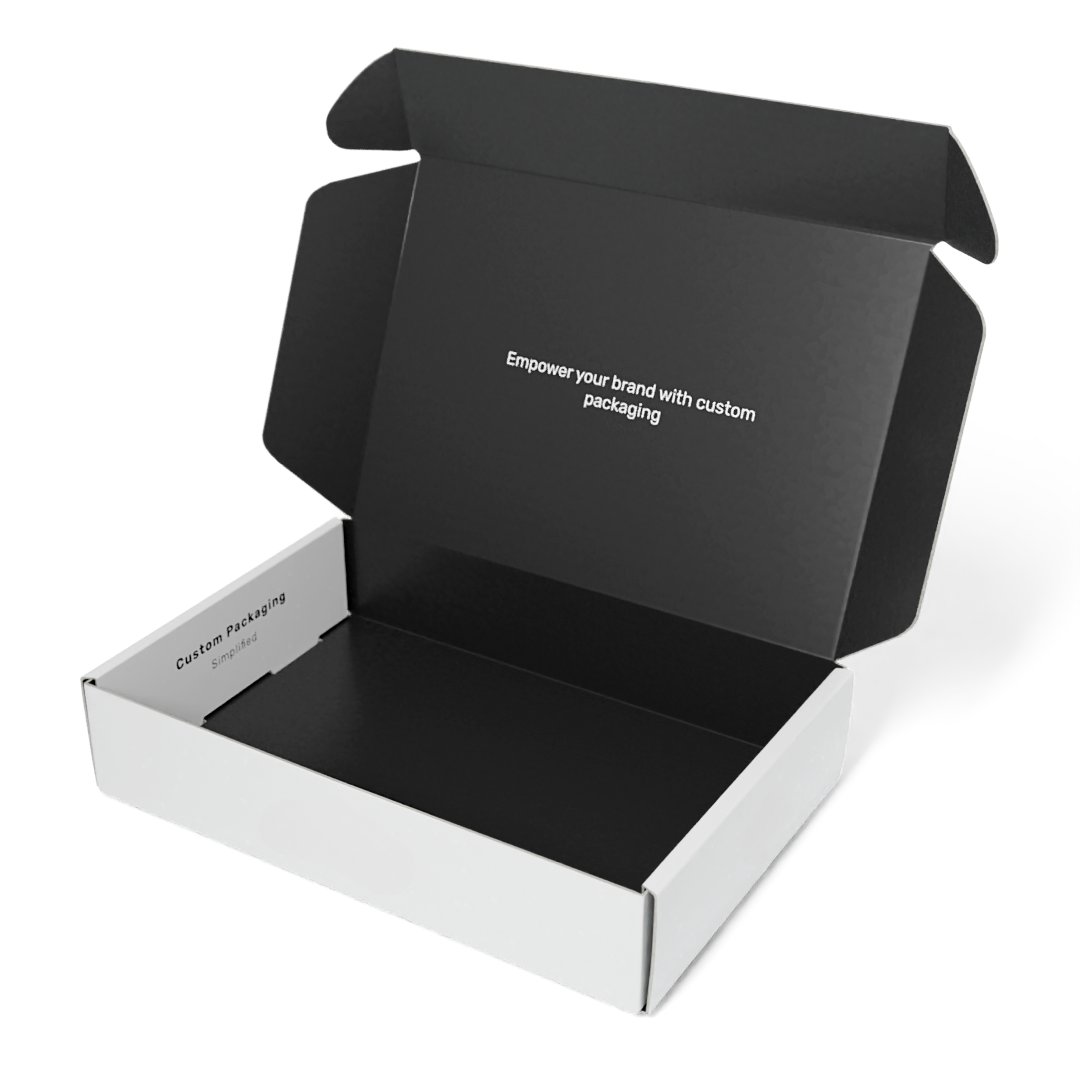
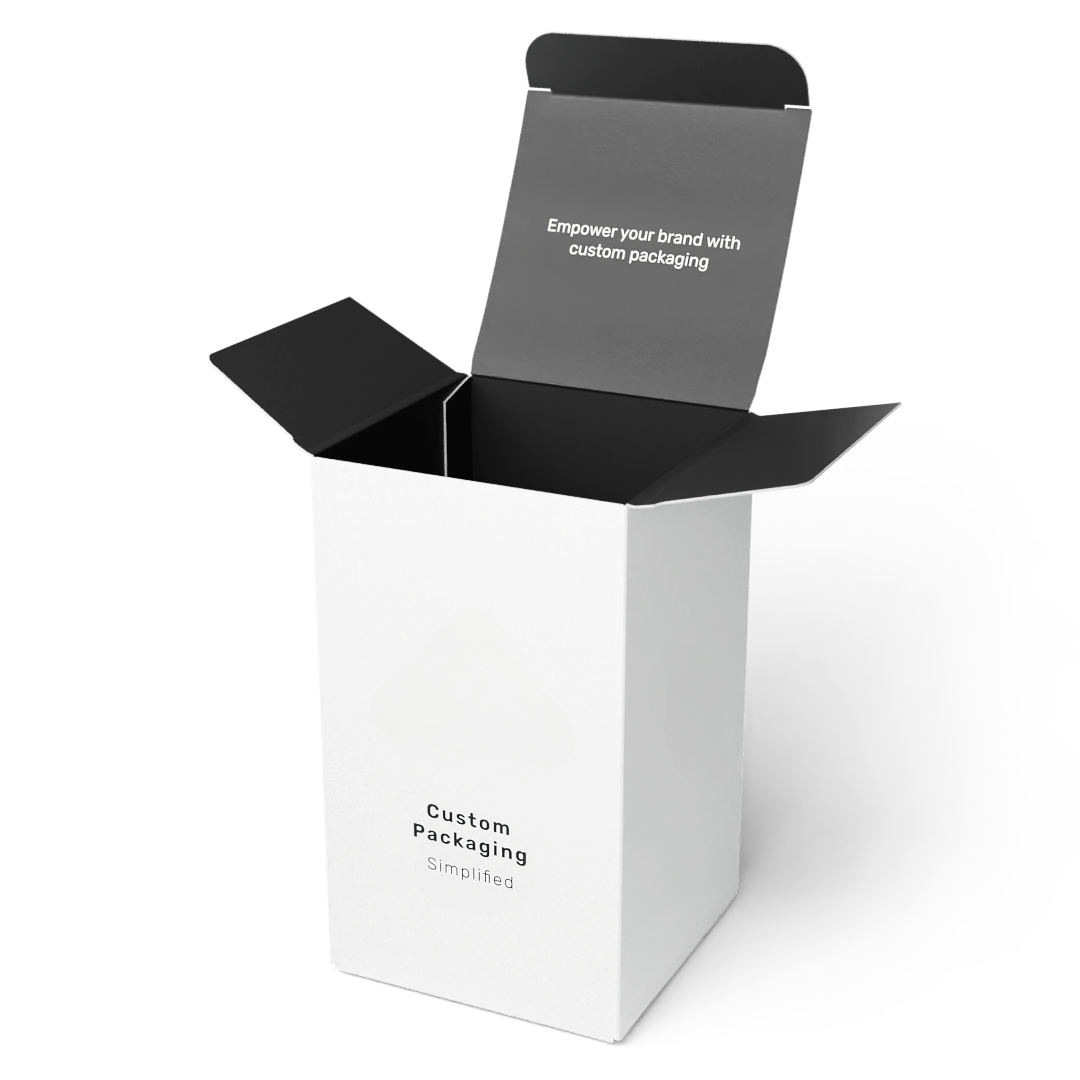
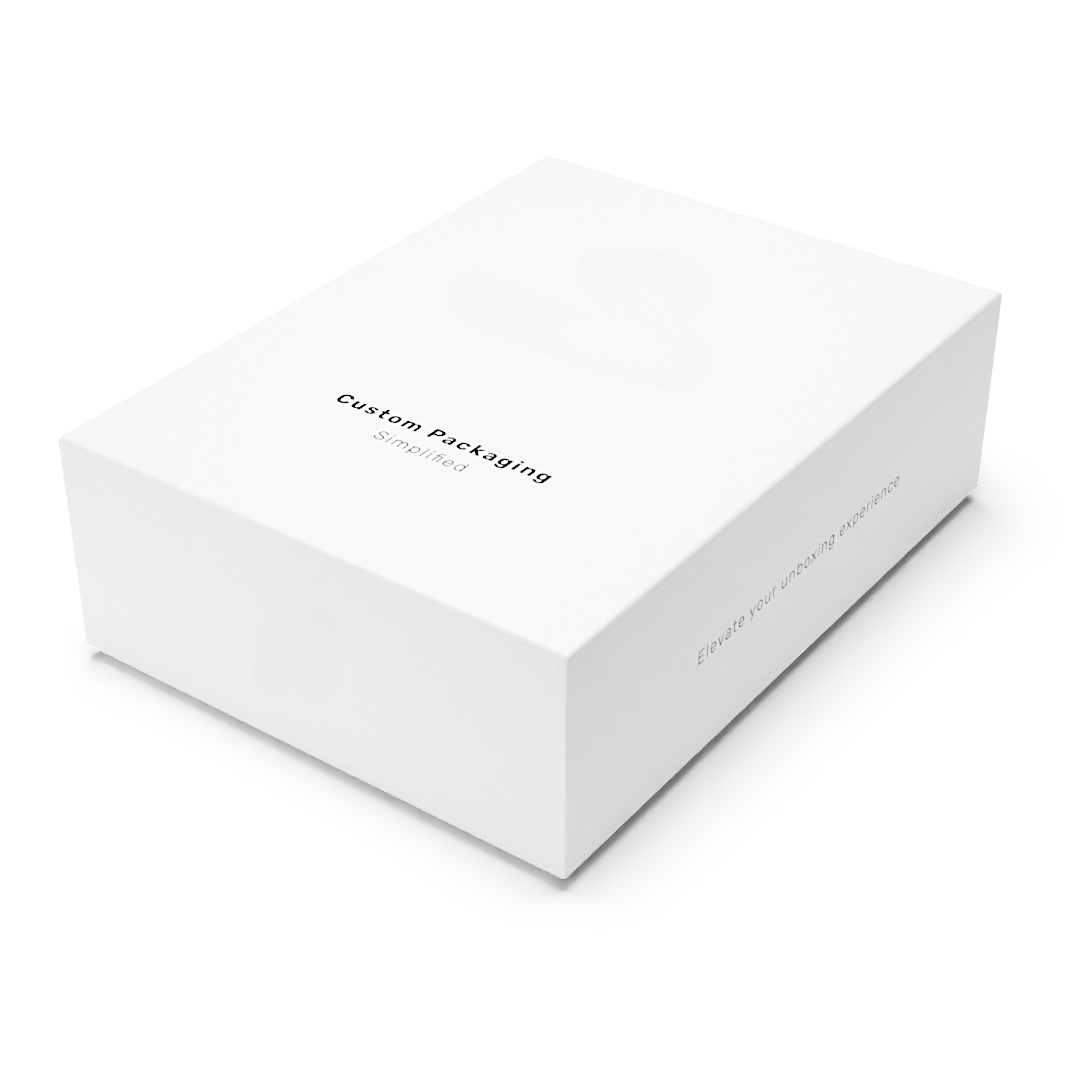
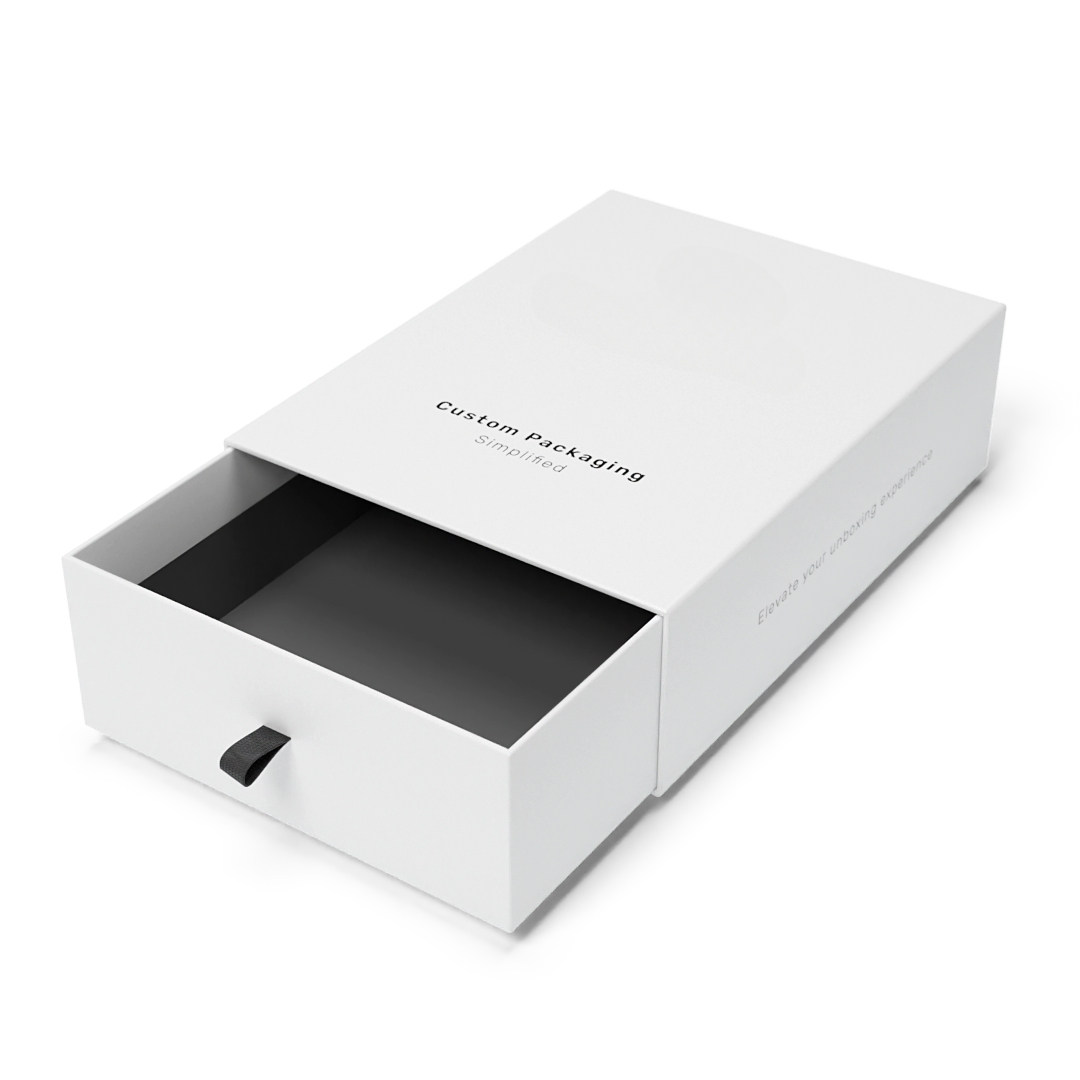
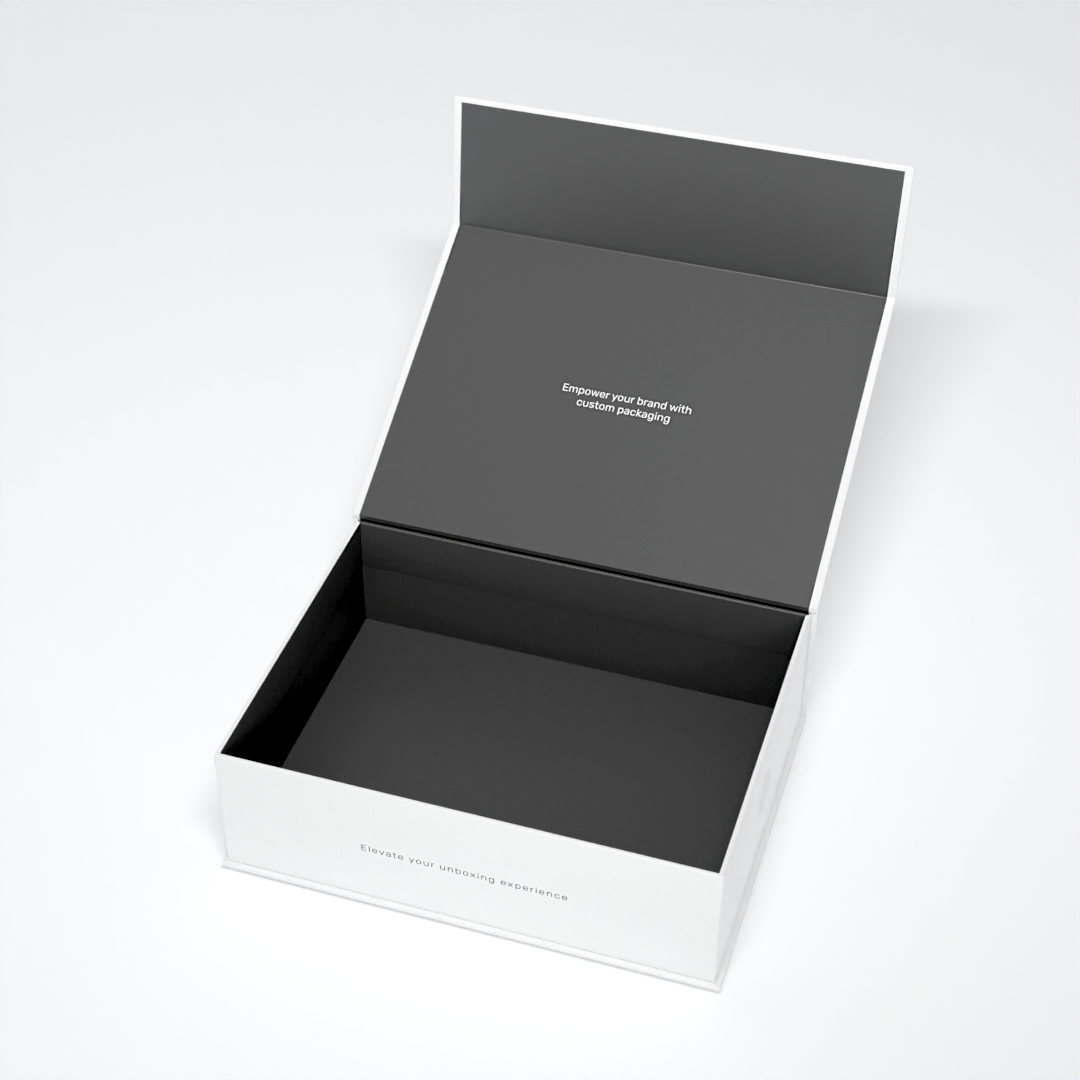
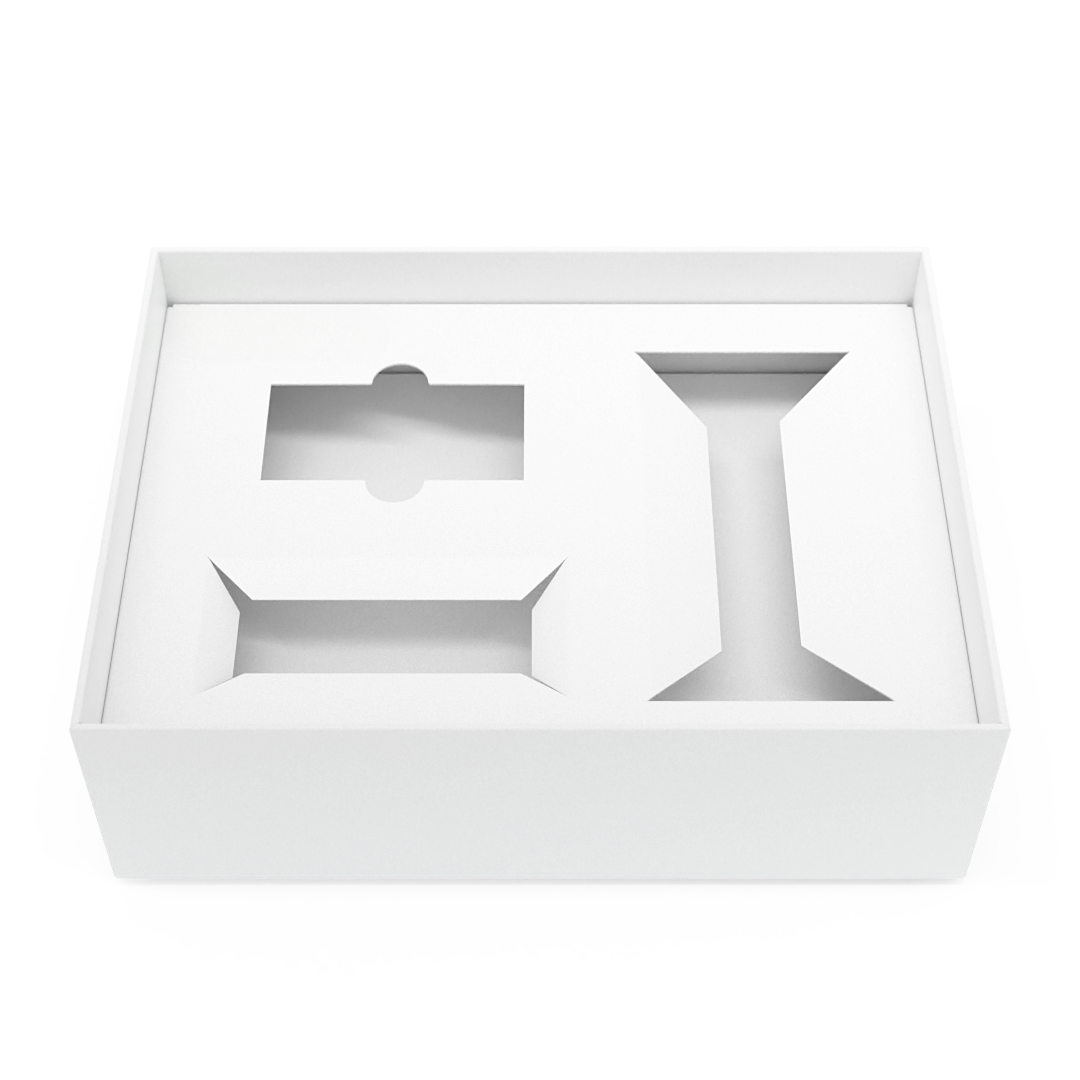

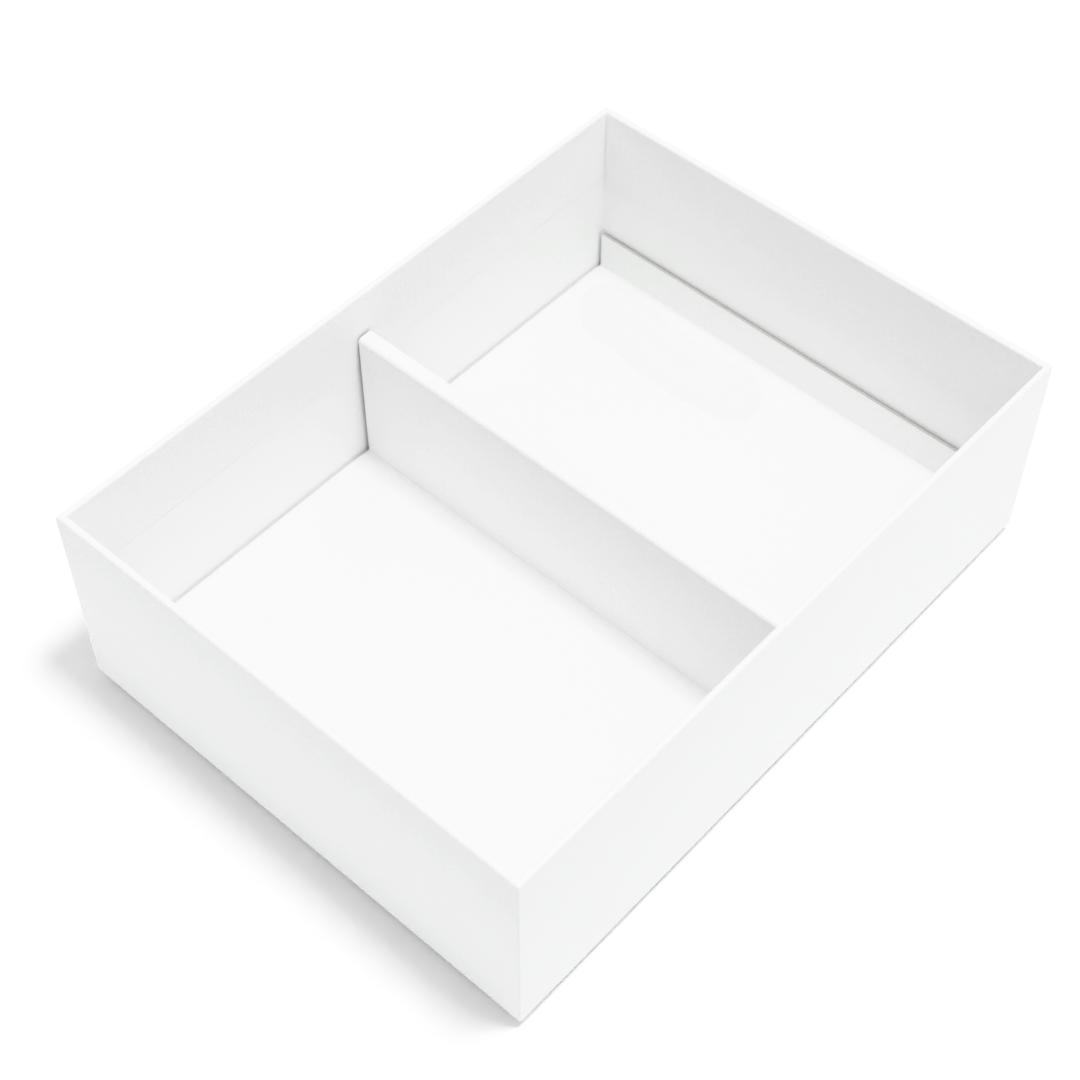
Leave a comment